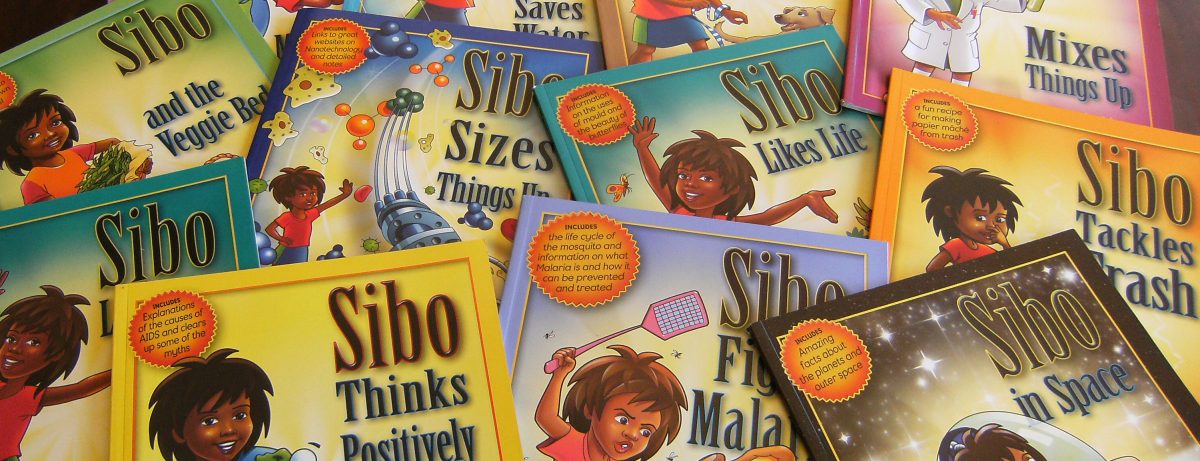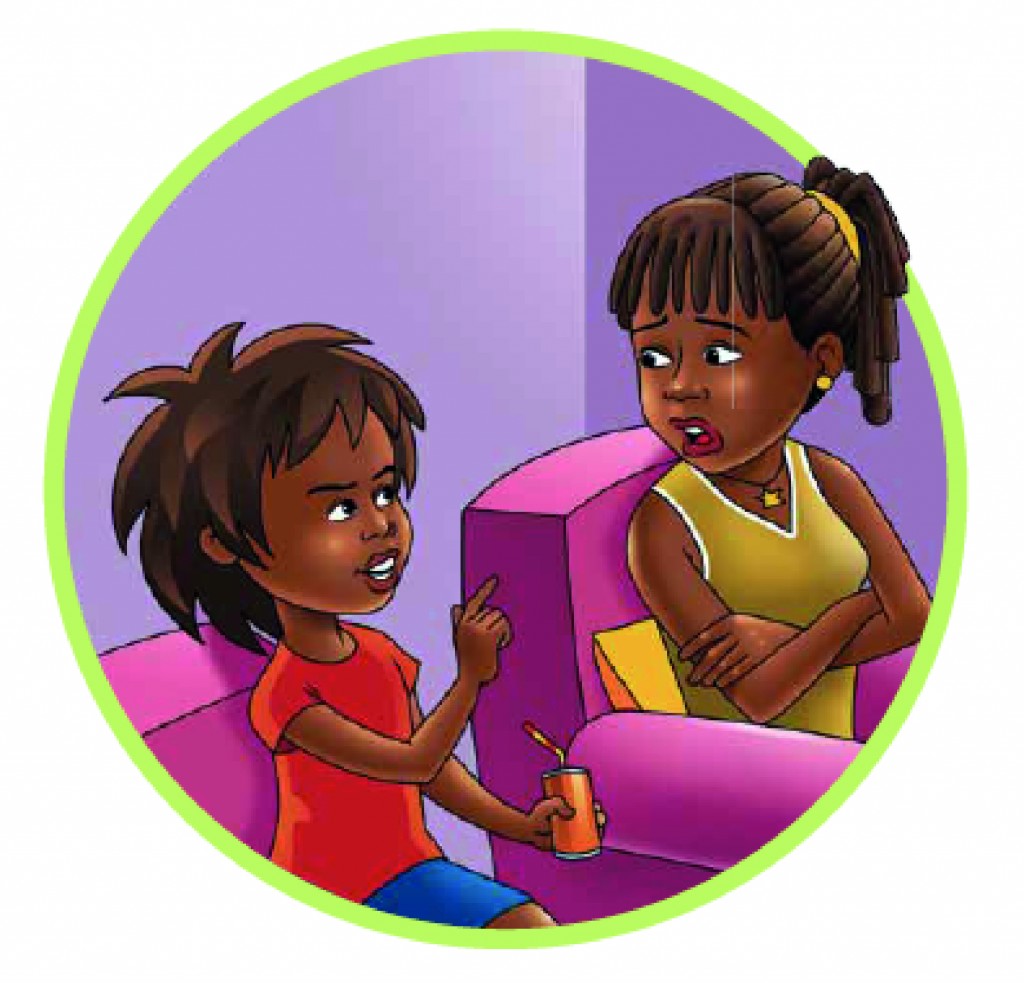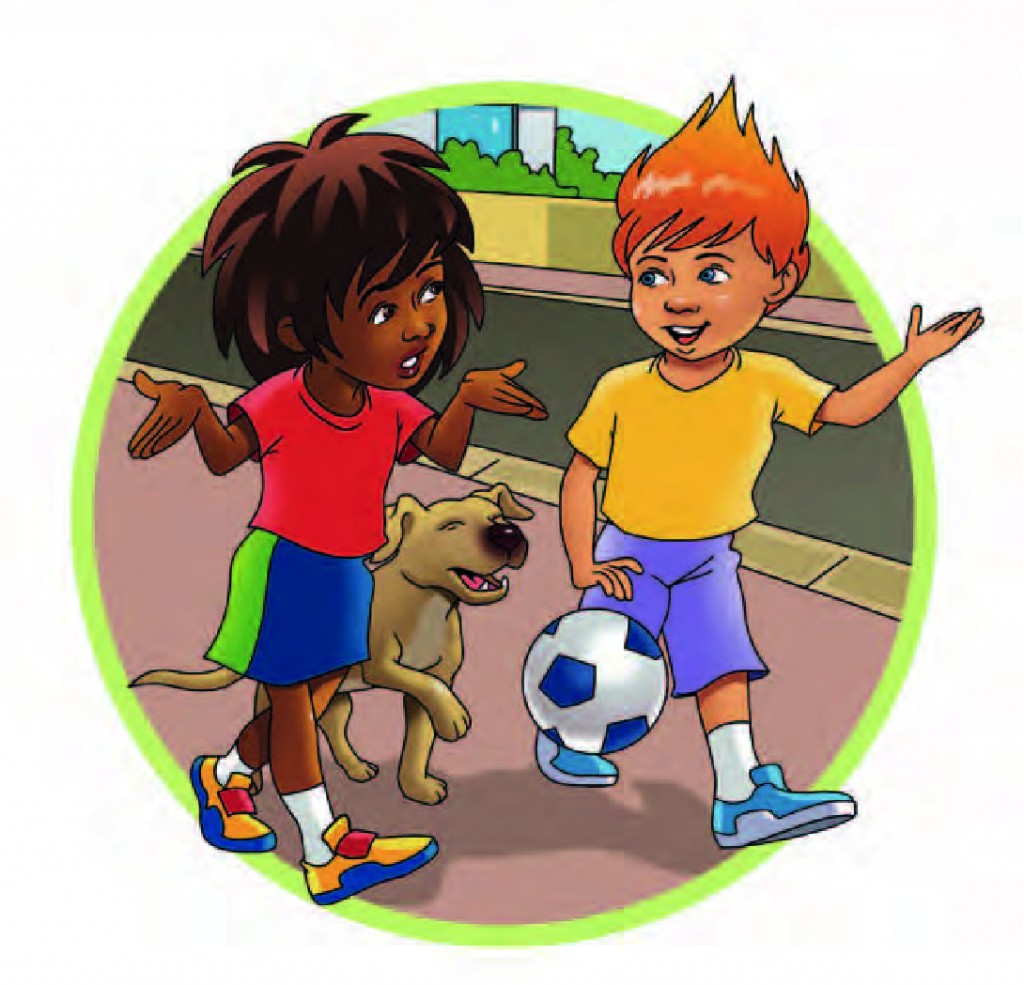The other day mum and I were visiting a friend of hers and mum was moaning that she was going to have to call out a plumber to unblock our shower drain. The shower kept filling up with water and you could almost have a bath in the shower well. She was whinging that plumbers were so expensive and she’d much rather buy a pair of new shoes with that money.
Her friend smiled and told her to relax – there was no need to call a plumber.
She gave us a recipe to unclog the shower. Mum was a bit sceptical – she’s not big on doing innovative stuff – but I wrote it all down and said I’d try it when we got home.
It was a bit like a science experiment – and I am very fond of those.
Mum assured me had all the ingredients needed – nothing fancy at all – just hot water, baking soda and vinegar.
Mum supervised and I got to do the fun work.
First we boiled the kettle and poured the whole lot of boiling water down the drain.
Then we poured in half a cup of baking soda – and let that sit in the drain for about 5 minutes.
Next we added a cup of vinegar followed by a cup of boiling water to the baking soda in the drain. This was the fun part – it all fizzled and foamed. Mum made me wear safety goggles in case it whooshed up too much and got in my eyes. (I felt even more like a scientist!)
If you have one of those drain plungers – put it over the plug hole at this stage – so that all the fizzy stuff stays in the drain.
Finally, after about 5 to 10 minutes – we poured another kettle of boiling water into the drain.
The next day we all had a shower and the water flowed perfectly out of the drain – no more bathing in the shower.
So maybe – if you have a blocked drain – you should try this first before you call a plumber!
Have a fabulous week further.
Sibo










